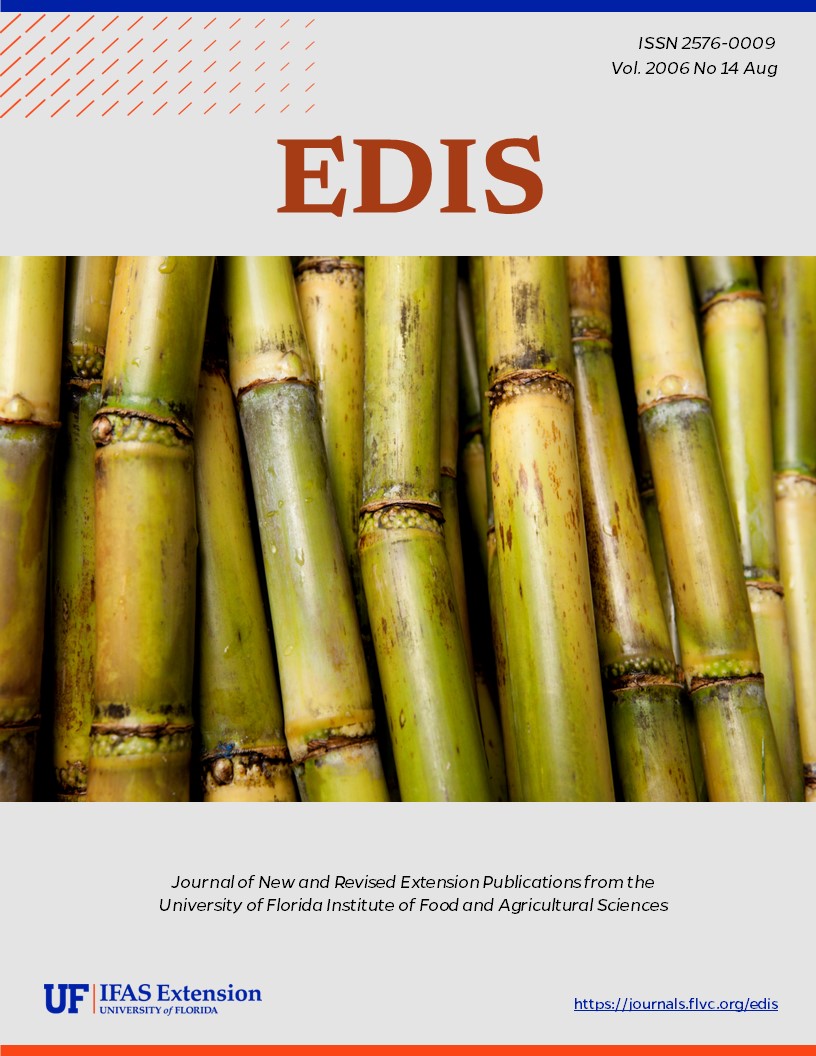Abstract
Although mosquitoes can be annoying, and some are serious health threats, they can play an important role in natural communities. ENY-727, an 8-page illustrated fact sheet by Jorge R. Rey, presents an unbiased view of this versatile organism. Includes information about the mosquito life cycle, exactly what is happening when a mosquito bites someone, how to avoid mosquito bites, and how they transmit diseases. The author also addresses several common misconceptions about mosquitos and provides several sources of additional information and references. Published by the UF Department of Entomology and Nematology, April 2006. Also available in Spanish (ENY-727S, El Mosquito).
References
Crans, W. J. Why Mosquitoes Cannot Transmit AIDS. http://www.rci.rutgers.edu/~insects/aids.htm
Fradin, M. S. 1998. Mosquitoes and Mosquito Repellents: A Clinician's Guide. http://www.annals.org/cgi/content/full/128/11/931. https://doi.org/10.7326/0003-4819-128-11-199806010-00013
Lord, C.C and C.R. Rutledge. 2001. Protecting Florida Horses from Mosquitoes. http://edis.ifas.ufl.edu/IN181.
O'Meara, G.F. 2000. Crabhole Mosquito, Deinocerites cancer Theobald (Insecta: Diptera: Culicidae). http://edis.ifas.ufl.edu/IN291.
Rutledge, C. R. 2003. Mosquito Control Devices and Services for Florida Homeowners. http://edis.ifas.ufl.edu/IN171.
Rutledge, C. R. and J. F. Day. 2002. Mosquito Repellents. http://edis.ifas.ufl.edu/IN419.
Thien, L. B. Mosquito Pollination of Habenaria obtusata (Orchidaceae). American Journal of Botany, Vol. 56, No. 2 (Feb., 1969) , pp. 232-237. https://doi.org/10.1002/j.1537-2197.1969.tb07528.x

